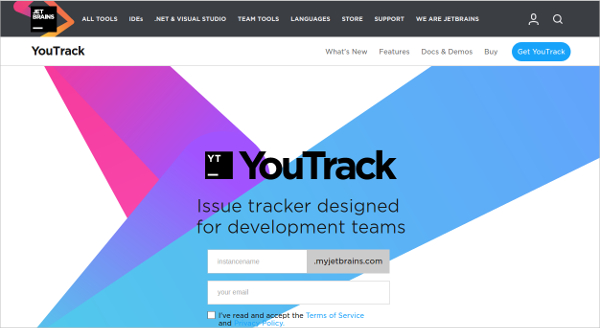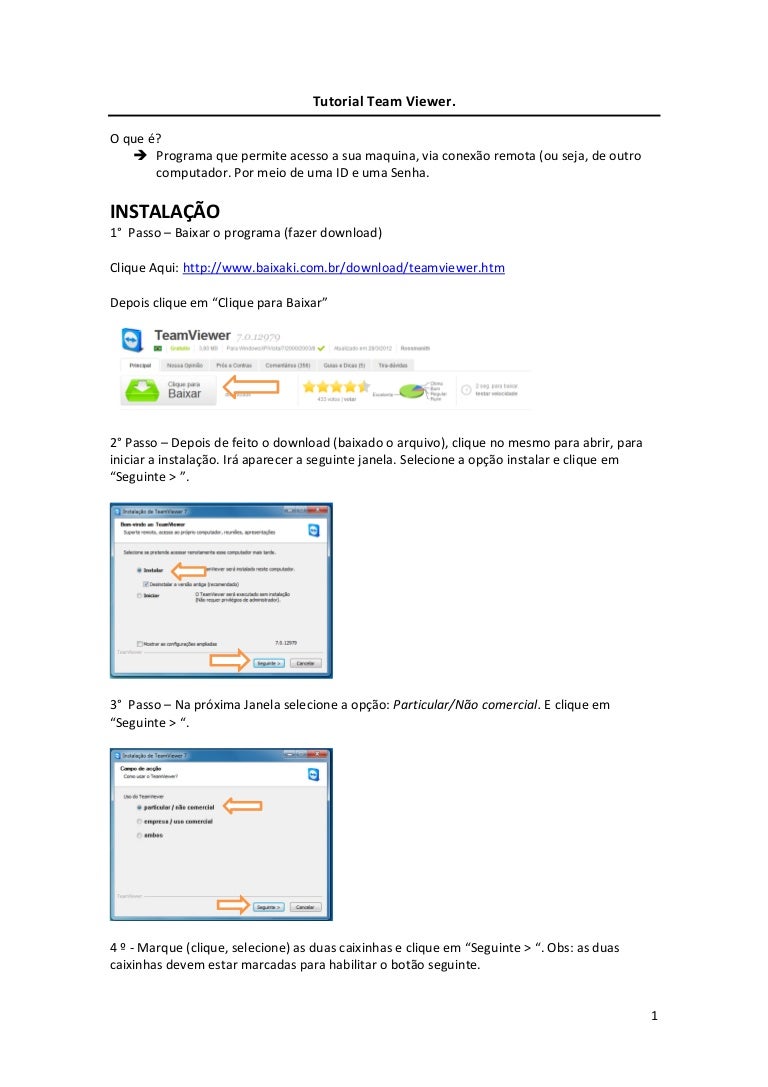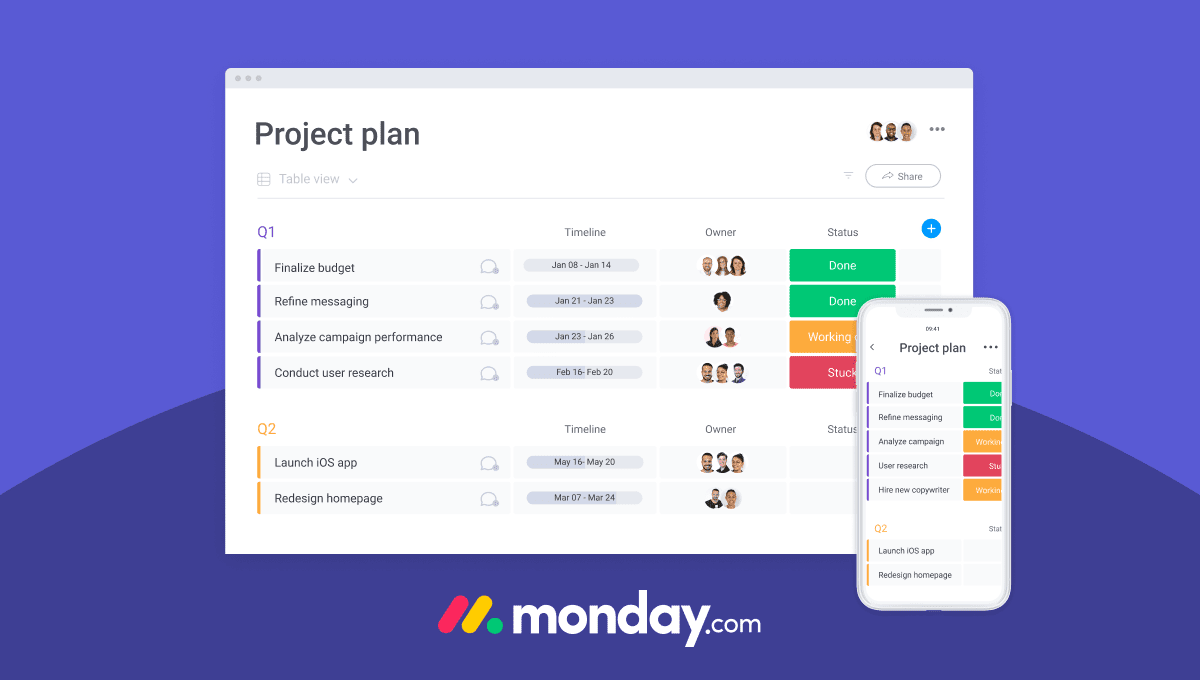

I can then see how frequently people check in, how large their changesets are, how that matches what they reported, how often they re-do things, how many bugfixes they have, and so on. But all these interactions need to come from the "I am here to help you" vein.Īnother thing I will do is review changesets (by myself, informally).

As long as you keep your team out of meetings, and project managers out of their cubes, then one person stopping by to help once a day isn't going to cause them grief. You're there to remove impediments from their day to day life.
YOUTRACK TEAM MANAGEMENT SOFTWARE HOW TO
You're not telling them how to do their jobs.

Ask how XYZ (that they mentioned in standup) is going. You're not challenging them enough, or they're not opening up. If they don't have problems all week? Problem. If people have no problems, great get back to work. You'll be surprised how often you'll encounter problems when people are one on one. Not every afternoon (though it might be more than every afternoon for new people), not at the same time, but around the same time (so it's both informal, and regular). Then I stop by everyone's desk in the afternoon. Some will do that anyways, but it's largely unavoidable. They'll stop and wait for the standup and then take time to get started again. Anything else and people won't "shelve" work. This needs to be on time, and short (10 minutes max). It also keeps you the team lead in the loop (and paying attention, and knowing actually what's going on). This forces people to pay attention, and to actually know what's going on. If something sounds fishy (or I'm curious), I stop and ask questions: "You were working on XYZ yesterday, how'd that turn out?". What did you do yesterday? What will you do today? Any impediments?


 0 kommentar(er)
0 kommentar(er)
